Revolutionizing Rescue Efforts in Scotland’s Hills
Scotland’s mountainous terrain presents significant challenges for rescue operations due to patchy mobile phone signals. A new trial in Tarfside, in the Angus hills, aims to revolutionize this by testing the feasibility of pop-up mobile phone networks using drones, reports the BBC. These drones are set to enhance the speed and efficiency of mountain rescues, potentially saving more lives.
Drones Enhancing Search and Rescue
Drones are already playing a crucial role in mountain rescue operations. Equipped with heat-detecting cameras, they can quickly cover vast areas, identifying injured or missing individuals faster than traditional search teams. Currently, the drone’s view is limited to the operator, but new technology could change that by setting up temporary networks during rescue missions, enabling images to be fed directly back to base.
Drones Create a 5G Network
The core of this innovation lies in creating a temporary 5G network using drones.
Alistair MacIntyre, a drone operator with Scottish Mountain Rescue, explained how the system works: “We would still be doing the searching, but if anything was questionable, that could be beamed right back to our control vehicle or to our control base and we could get more people involved in making a decision as to whether we need to send a foot team in.”

By strategically placing small 5G boxes around the search area, either walked into place or flown in by drone, these boxes communicate with each other to form a secure, private network.
James Thomas from Jet Connectivity detailed the process: “From this box here we probably have signal on all the hillsides around us here and then from each of these boxes, we can then relay that over into the next valleys. The drone could continue to fly and form a network in the sky but it could also drop the boxes and form a wider network.”
Communication with Casualties
An innovative aspect of this technology is its ability to facilitate communication with casualties. Once a casualty is identified, boxes can be dropped near them to enable direct communication with rescuers. This feature is critical during ongoing searches, allowing real-time information relay from teams back to command base. Besides mountain rescues, this system is also being tested in maritime settings and could prove invaluable in disaster relief scenarios when traditional networks fail.

Ensuring Network Security
Abertay University in Dundee is testing the security of these 5G networks.
Senior lecturer Laith Al-Jobouri highlighted the importance of this aspect: “5G is a new technology and with new technology there are challenges. It’s not enough to provide a network, but we need to provide a secure network. There is a lot of information that is going to be shared in this network so we test it to make sure it’s safe and can be used by the authorized people only.”
DroneXL’s Take
The integration of 5G technology with drones in rescue operations signifies a major advancement in emergency response. By providing rapid, secure communication networks in challenging terrains, this technology enhances the capability to locate and assist casualties swiftly. As these trials continue and expand, we can expect drones to become an even more indispensable tool in various rescue scenarios, ultimately saving more lives and improving the efficiency of rescue operations. This marks an exciting step forward in the use of drones, showcasing their potential beyond conventional uses.
Photos courtesy of the BBC.
Discover more from DroneXL
Subscribe to get the latest posts to your email.




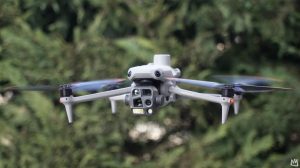


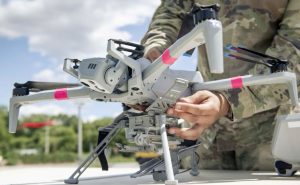





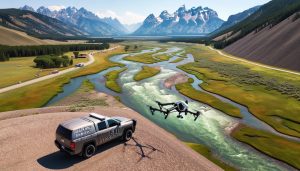
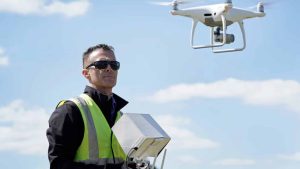

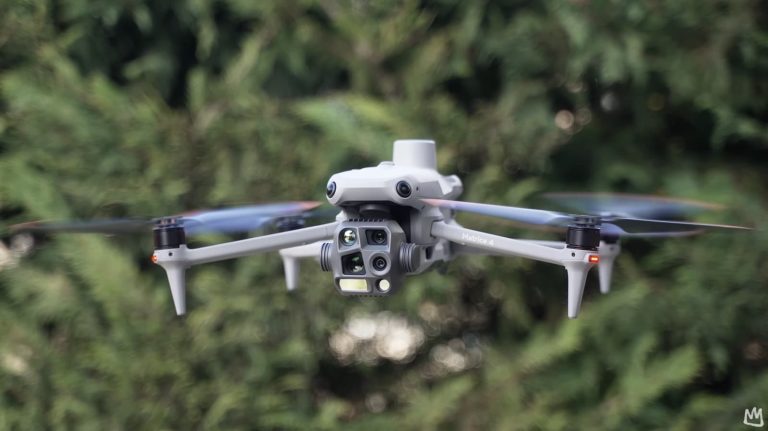
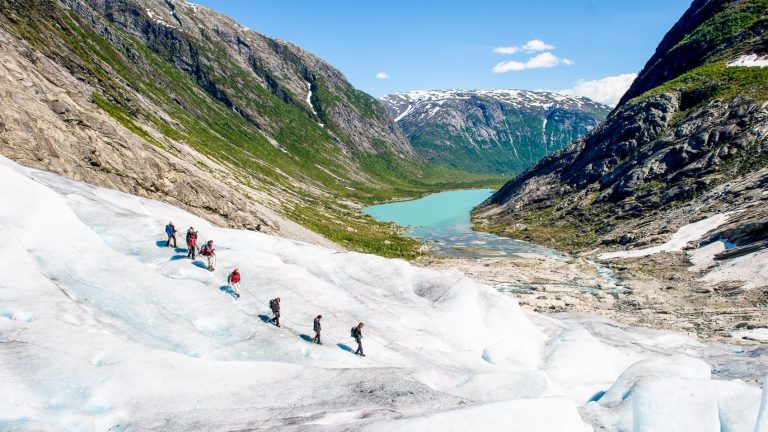
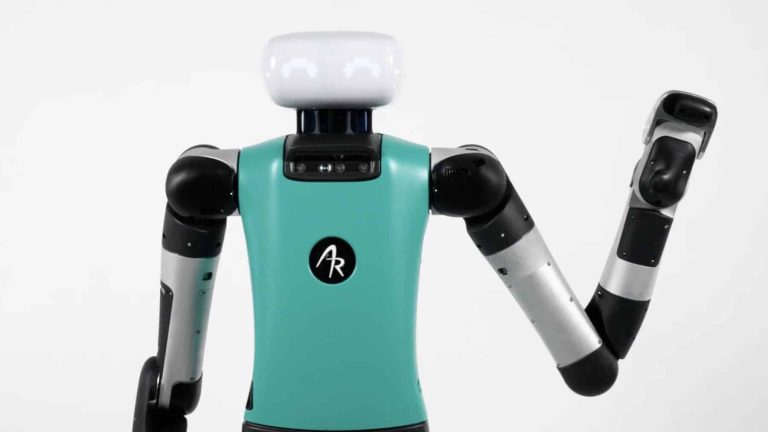

+ There are no comments
Add yours